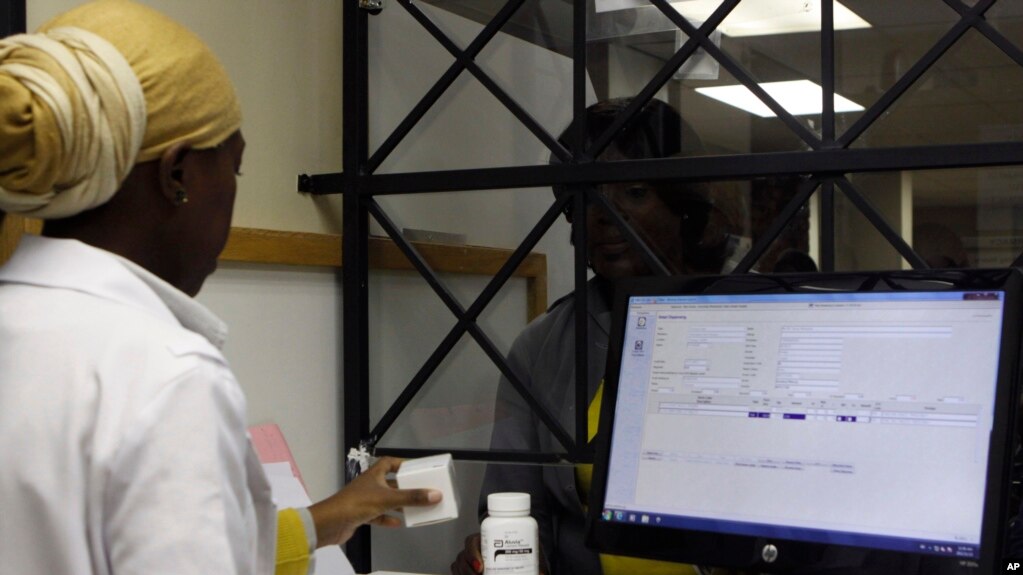Toro
Diamond Member
A recent excellent unpublished study by Samuel Preston and Jessica Ho of the University of Pennsylvania compare mortality rates for breast and prostate cancer. These are two of the most common and deadly forms of cancer--in the United States prostate cancer is the second leading cause of male cancer deaths, and breast cancer is the leading cause of female cancer deaths. These forms of cancer also appear to be less sensitive to known attributes of diet and other kinds of non-medical behavior than are lung cancer and many other cancers.
These authors show that the fraction of men receiving a PSA test, which is a test developed about 25 years ago to detect the presence of prostate cancer, is far higher in the US than in Sweden, France, and other countries that are usually said to have better health delivery systems. Similarly, the fraction of women receiving a mammogram, a test developed about 30 years ago to detect breast cancer, is also much higher in the US. The US also more aggressively treats both these (and other) cancers with surgery, radiation, and chemotherapy than do other countries.
Preston and Hu show that this more aggressive detection and treatment were apparently effective in producing a better bottom line since death rates from breast and prostate cancer declined during the past 20 [years] by much more in the US than in 15 comparison countries of Europe and Japan.
Greg Mankiw's Blog: Should we envy European healthcare?



